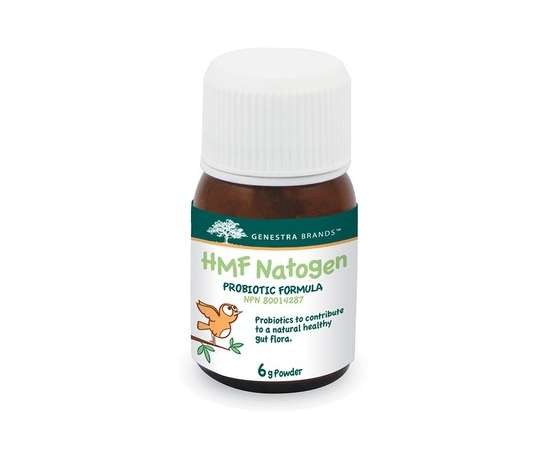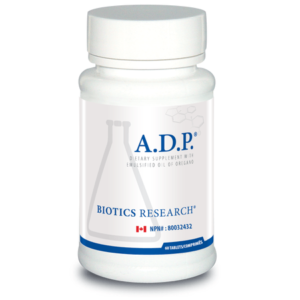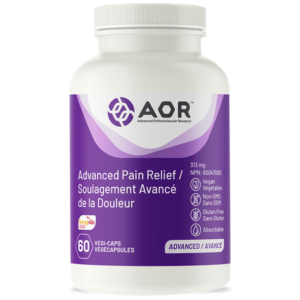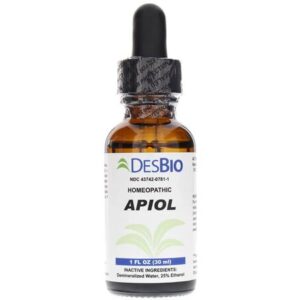Description
Contributes to a natural healthy gut flora in young children
• Includes 3 billion CFU per dose from: Lactobacillus acidophilus (CUL-60), Lactobacillus acidophilus (CUL-21), Lactobacillus paracasei (CUL-08), Bifidobacterium animalis subsp. lactis (CUL-62)
HMF Natogen is a combination of four strains of proprietary human-sourced probiotics that promotes intestinal health in young children. Babies born preterm, by Caesarian section, or those exposed to peri- or postnatal antibiotics display reduced colonization of intestinal bacteria.1 Probiotics are safe for young children and effectively colonize the intestines, critical barriers that selectively allow absorption or promote the excretion of dangerous substances.2 The human intestinal tract contains more than 400 bacterial species, and the bacterial balance needs to be maintained for healthy intestines.3 Probiotics compete with pathogenic bacteria for colonization of the gastrointestinal tract and promote the presence of beneficial bacteria.2,3 In addition to decreasing bacterial survival, probiotics strengthen the epithelial barrier.2 They control permeability by mediating tight junction integrity, and prevent pathogenic adherence to epithelial cells by increasing mucin release on intestinal surfaces.2 Collectively, this decreases the entry of bacteria from the intestine into circulation.2 Probiotics transiently impact the host’s microflora; once their ingestion ends, their counts decrease or disappear.4 As the microflora composition in children is relatively unchanged after infancy, it significantly depends on the diet, even more so than in adults.1
REFERENCES
1. Thomas, DW, Greer, FR. Pediatrics. 2010; 126(6): 1217-1231.
2. Saulnier, N, Zocco, MA, Di Caro, S, Gasbarrini, G, Gasbarrini, A. Genes & Nutrition. 2006; 1(2): 107-116.
3. Nagpal, R, Yadav, H, Kumar, M, Jain, S, Yamashiro, Y, Marotta, F. (2013). In Otles, S. (Ed.), Probiotics and Prebiotics in Food, Nutrition and Health (pp. 1-24). Boca Raton, FL: CRC Press.
4. Saavedra, JM. Nutrition in Clinical Practice. 2007; 22: 351-365




